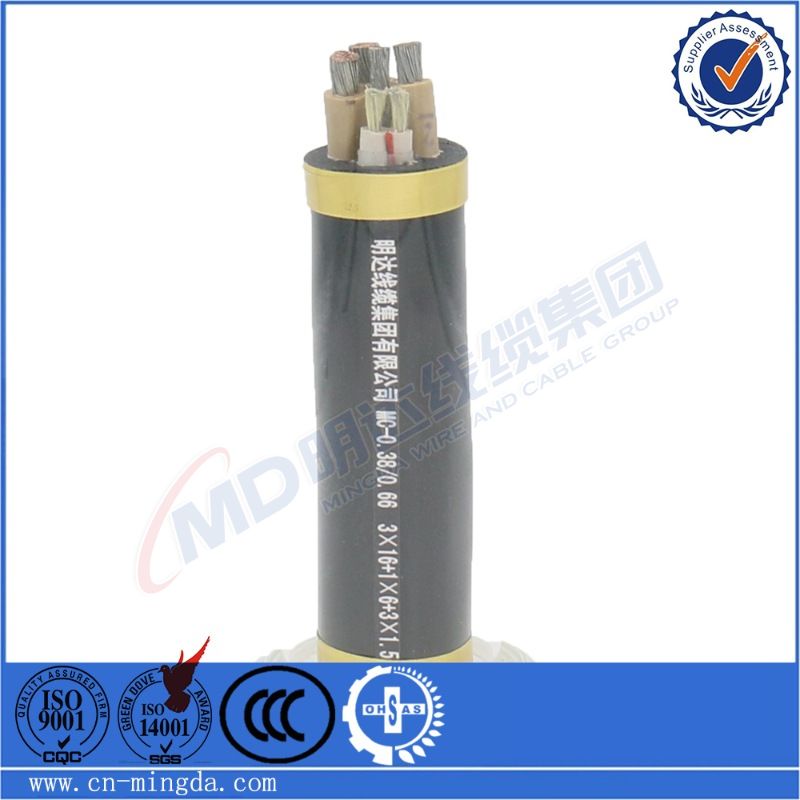Dec . 11, 2024 09:53 Back to list
Air Pressure Release Valve for Efficient System Control and Safety Management
Understanding Air Release Valves Importance, Functionality, and Applications
Air release valves are crucial components used in various industries to manage the flow of fluids, particularly in systems such as pipelines, irrigation, and water treatment facilities. These valves play a vital role in ensuring efficient and safe operations by mitigating issues caused by the accumulation of air in fluid systems. This article explores the significance of air release valves, their functionality, and their diverse applications.
The Importance of Air Release Valves
Air release valves are essential for maintaining the integrity of fluid conveyance systems. When fluids flow through pipelines, pockets of air can become trapped in high points along the line. This entrapment can lead to inefficiencies, pressure fluctuations, and even potential damage to the system. By allowing trapped air to escape, air release valves help maintain optimal fluid flow, reducing the risk of cavitation and ensuring that the system operates smoothly.
Moreover, air release valves contribute to the overall safety of fluid transportation. In high-pressure systems, the presence of air can lead to dangerous conditions, including sudden pressure surges. By releasing air, these valves help prevent hazardous situations that could result in equipment failure or accidents.
Functionality of Air Release Valves
Air release valves operate based on a simple yet effective mechanism. Typically, these valves consist of a float mechanism contained within a housing. When fluid enters the valve, it displaces the float, which closes the valve. However, when air accumulates at the top of the valve, the float drops, opening the valve and allowing the trapped air to escape. Once the air has been released and the fluid level rises again, the float rises, closing the valve and resuming normal operation.
There are primarily two types of air release valves automatic and manual. Automatic air release valves function independently, reacting to changes in pressure and fluid levels without the need for human intervention. Manual air release valves, on the other hand, require operators to open and close them as needed. The choice between automatic and manual valves often depends on the specific requirements of the system and the operational preferences of the personnel managing it.
air release valve

Applications of Air Release Valves
Air release valves find applications in a wide range of fields, showcasing their versatility and importance. Some of the key industries utilizing these valves include
1. Water and Wastewater Management In municipal water supply systems, air release valves are installed at high points in pipelines to prevent air accumulation, ensuring efficient water transport. They also play a critical role in wastewater treatment facilities, where proper airflow is essential for maintaining treatment processes.
2. Irrigation Systems In agricultural settings, air release valves help optimize irrigation systems by preventing air blockages in the pipeline, ensuring that water reaches plants without interruption. This is particularly crucial in pressurized systems where consistent water delivery is necessary for crop health.
3. Industrial Processes Many manufacturing and processing industries rely on fluid systems for operations. Air release valves help maintain the functionality of these systems, from chemical processing to cooling systems, by ensuring that air does not disrupt fluid flow.
4. Fire Protection Systems In fire suppression systems, air release valves are critical in maintaining water pressure and flow. They help prevent air pockets that could compromise the effectiveness of the system during an emergency.
Conclusion
Air release valves are integral components in ensuring the smooth operation of fluid systems across various industries. By effectively managing air entrapment, they enhance efficiency, safety, and reliability. As industries continue to evolve and expand, the role of air release valves remains paramount in optimizing fluid transport and safeguarding equipment. Whether in municipal water supply, agricultural irrigation, or industrial applications, these valves contribute significantly to the seamless functioning of modern infrastructure. As technology and materials advance, the design and efficiency of air release valves will likely improve, further enhancing their impact across all sectors where fluids are transported.
Share
-
Reliable Wafer Type Butterfly Valves for Every IndustryNewsJul.25,2025
-
Reliable Flow Control Begins with the Right Ball Check ValveNewsJul.25,2025
-
Precision Flow Control Starts with Quality ValvesNewsJul.25,2025
-
Industrial Flow Control ReliabilityNewsJul.25,2025
-
Engineered for Efficiency Gate Valves That Power Industrial PerformanceNewsJul.25,2025
-
Empowering Infrastructure Through Quality ManufacturingNewsJul.25,2025